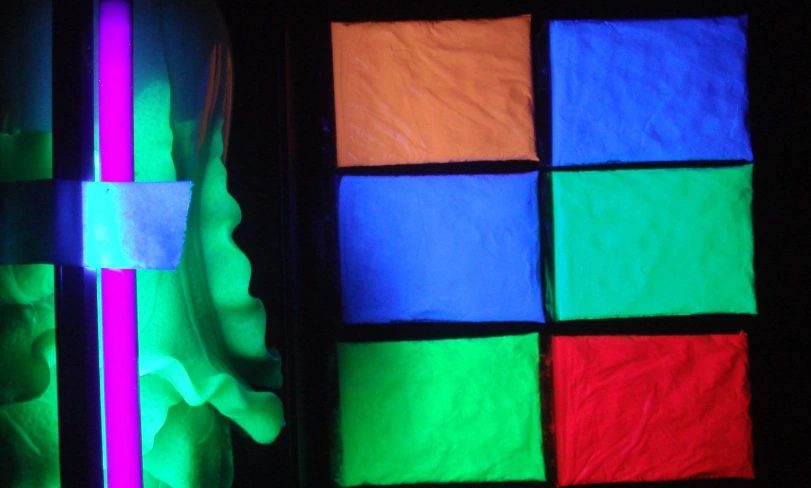Fluorescent Material
Use Fluorescent Pigment to Improve Your Projects
Home > Color Shifting Technologies > Fluorescent
Fluorescent Technology Uses
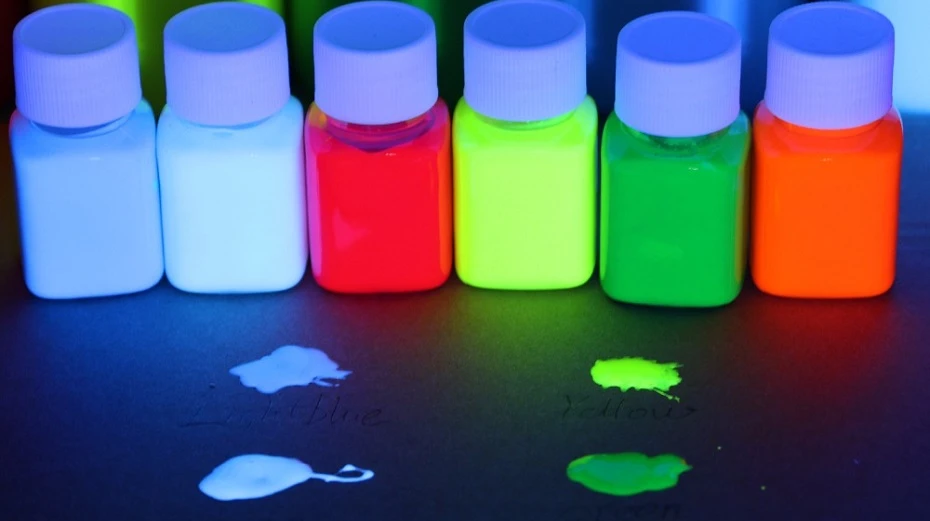
fluorescent ink

fluorescent green auto paint
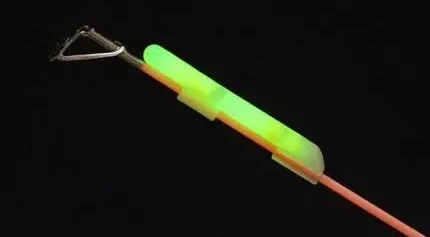
Fishing Gear
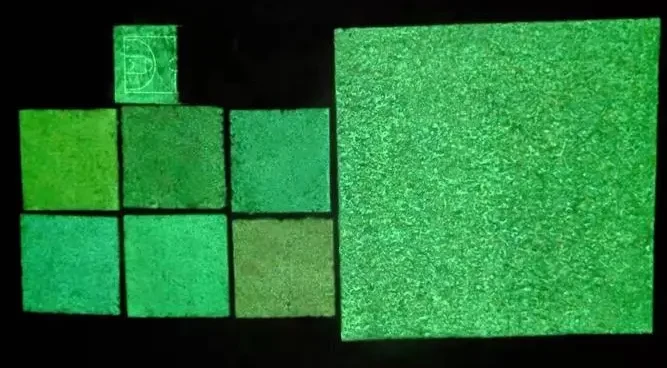
Paints and Coatings
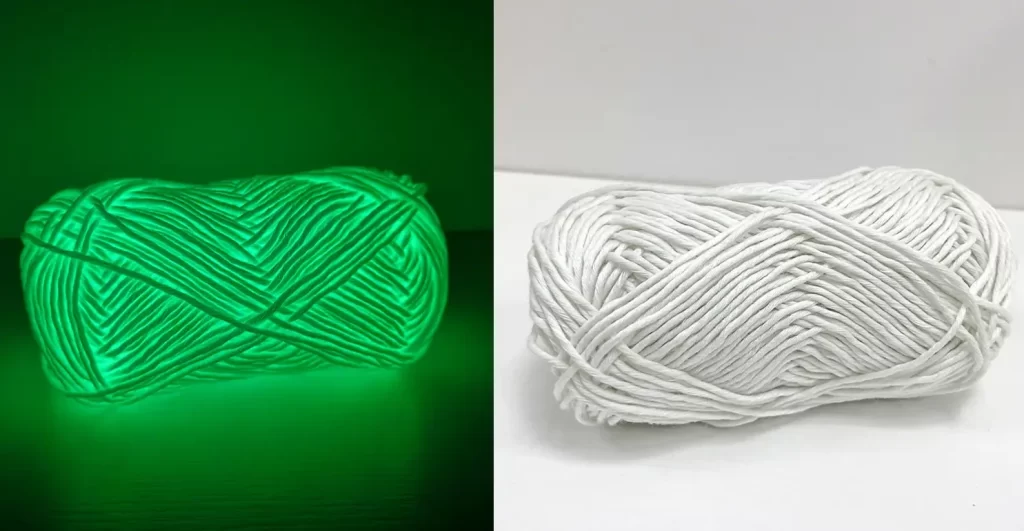
fluorescent textile paint
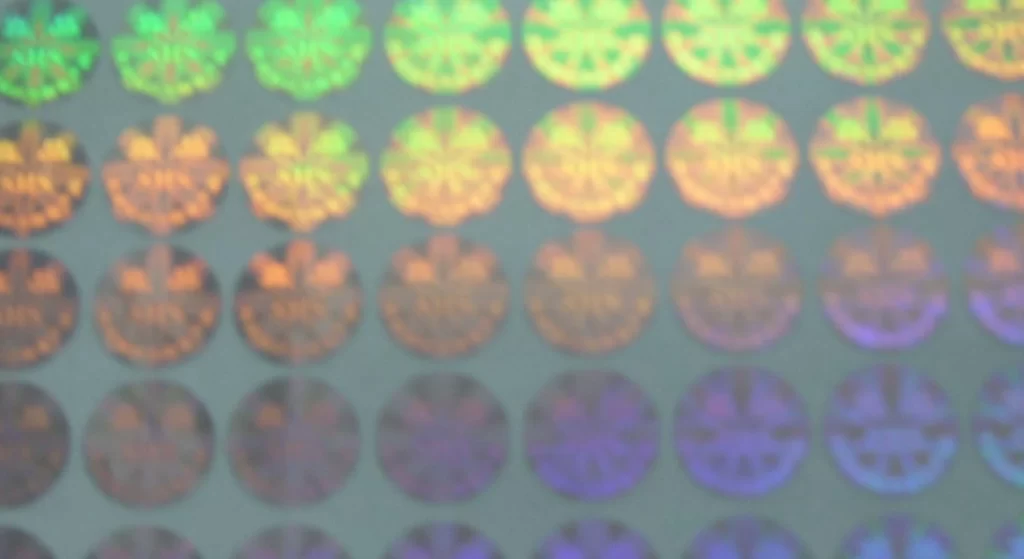
Security and Anti-Counterfeiting

chameleon paint can
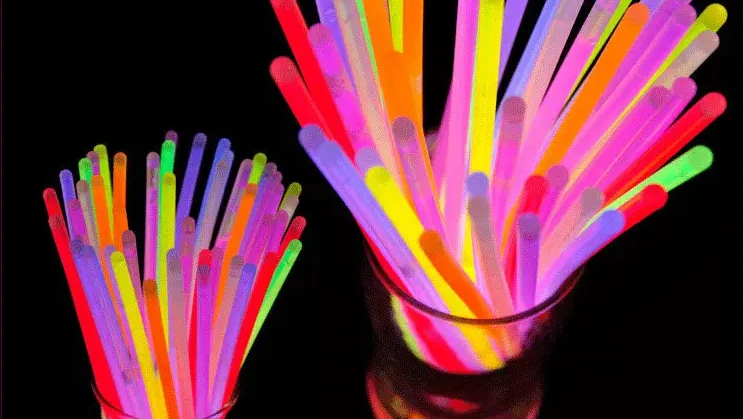
fluorescent pigment for Plastics
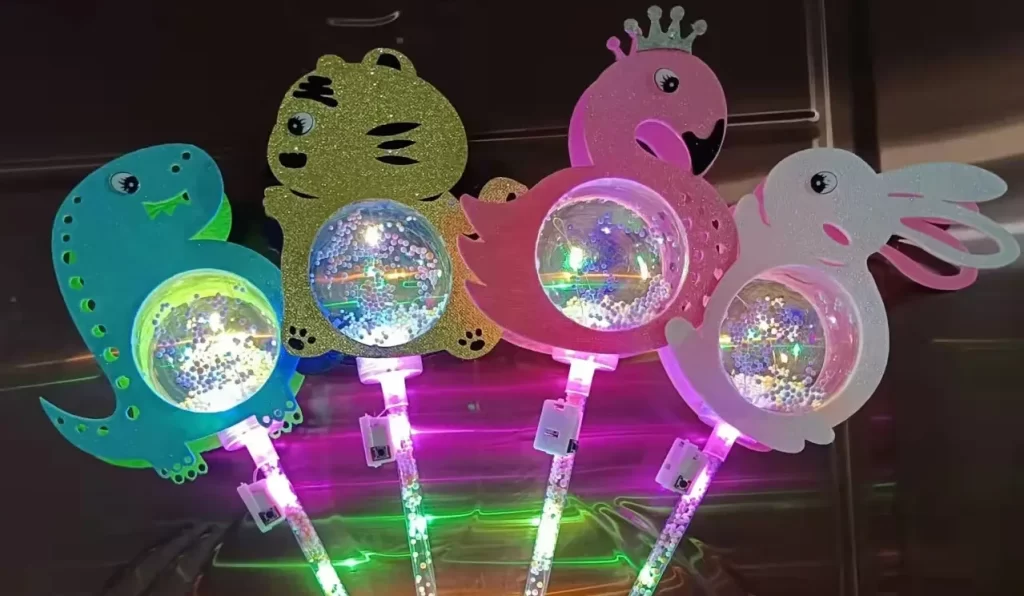
Toys and Gadgets

chameleon aerosol paint
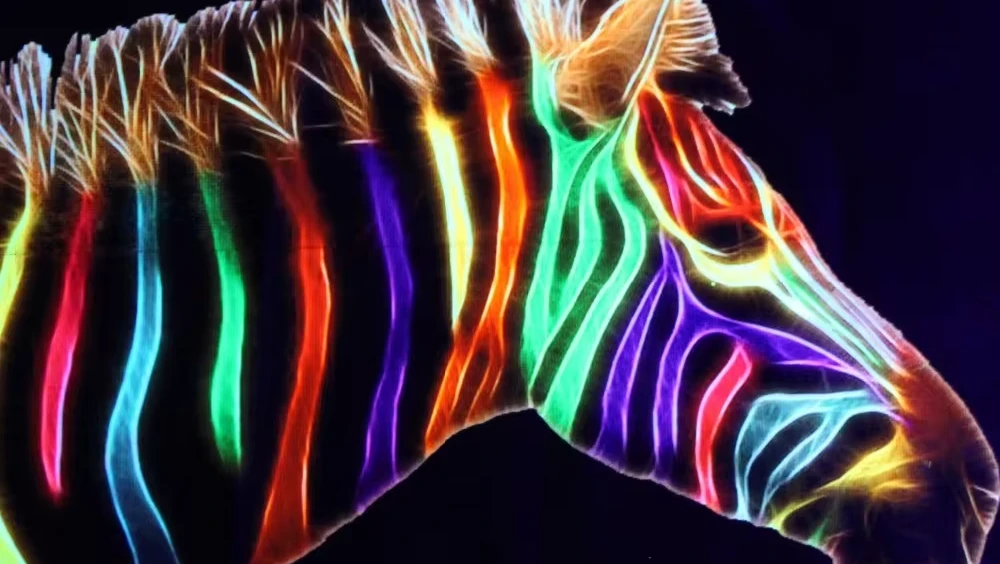
Art Supplies

fluorescent paint for metal
Fluorescent Pigment Series

Yellow Fluorescent Pigment KC-01

Lemon Yellow Fluorescent Pigment KC-02

Red Fluorescent Pigment KC-03

Orange-Red Fluorescent Pigment KC-04

Orange Fluorescent Pigment KC-05

Orange-Yellow Fluorescent Pigment KC-06

Blue Fluorescent Pigment KC-07

Purple Fluorescent Pigment KC-08

Green Fluorescent Pigment KC-09

Carmine Fluorescent Pigment KC-10

Rose-Red Fluorescent Pigment KC-11

Pink Fluorescent Pigment KC-12
What are Fluorescent Pigments?
The fluorescent pigment is a kind of pigment both reflecting its own color tone and exhibiting fluorescence. Compared with common pigments and dyes, fluorescent pigments are brighter, more reflective and conspicuous. Unlike common pigments, daylight fluorescent pigments can convert some absorbed light (including UV light) into light with longer wavelengths, and the color tone similar to normal reflected light, and then emit it. The combination of the fluorescence and common reflected light can render fluorescent pigments particularly bright and vibrant.
Fluorescent pigments can be mainly classified into inorganic and organic ones. The former, having been specially processed with sulfides such as zinc and calcium, can absorb and store energy from visible light such as sunlight, and then release it in the dark. While the latter, other than absorbing some visible light, can also absorb some ultraviolet light that will be transformed into visible light with a certain wavelength and released. Commonly used fluorescent pigments include fluorescent yellow, fluorescent lemon yellow, fluorescent pink, fluorescent red orange, fluorescent orange yellow, fluorescent magenta, and fluorescent purple red.
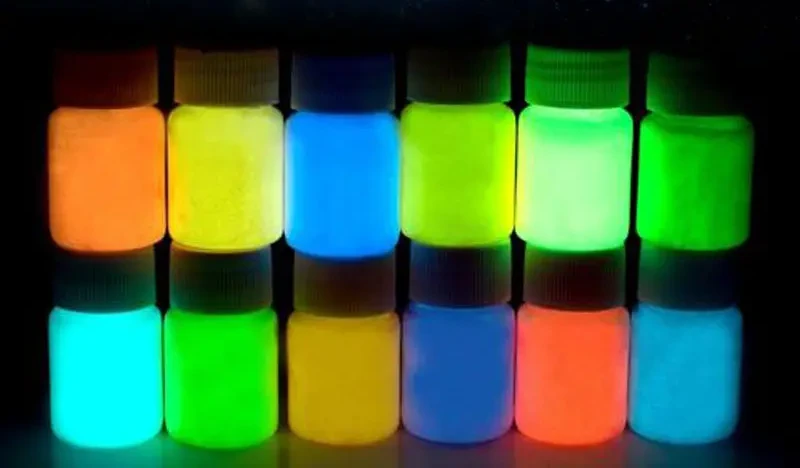
What are the features of fluorescent pigments?
What distinguishes fluorescent pigments from common pigments is the fact that the former can convert some absorbed light (including UV light) into fluorescence with longer wavelengths, and the color tone similar to normal reflected light. And the fluorescence, when working with normal reflected light, can make fluorescent pigments exceptionally bright and vibrant. With soft brightness and vibrant colors, fluorescent pigments, compared with common pigments, are twice brighter but have less satisfactory light fastness, and in light of which, they’re often applied together with organic or inorganic with similar hues in the coloring process. Therefore, plastic products colored in fluorescent pigments might see the fading of fluorescent colorants and decreased brightness over time, but minor changes to color tones of the pigment.
Other than the difference in color, the greater difference between fluorescent pigments and traditional pigment lies in chemical properties. Traditional pigments, which can be organic or inorganic ones of low-solubility, typically require strong shearing force in their dispersion, this is because, generally speaking, fluorescent pigment particles aren’t transparent. Strictly speaking, daylight fluorescent pigments are solid solutions generated from fluorescent dyes in brittle polymer resin. Fluorescent dyes are ground into fine powders to become pigments or colorants, and usually come in transparent form in application due to their solid solution nature.
With greater environmental awareness among the public and increasingly stricter environment-related legislation, many enterprises in the chemical industry, including those who employ or manufacture colored products, are facing severe challenges. But luckily, the fluorescent pigment industry is free from the impact. Fluorescent pigment products generally do not contain heavy metals such as cadmium, lead, mercury, and chromium. And lots of fluorchrome products are applied in skin irritation and acute toxicity tests whose results indicate that the fluorchrome is generally non-irritating and non-toxic.
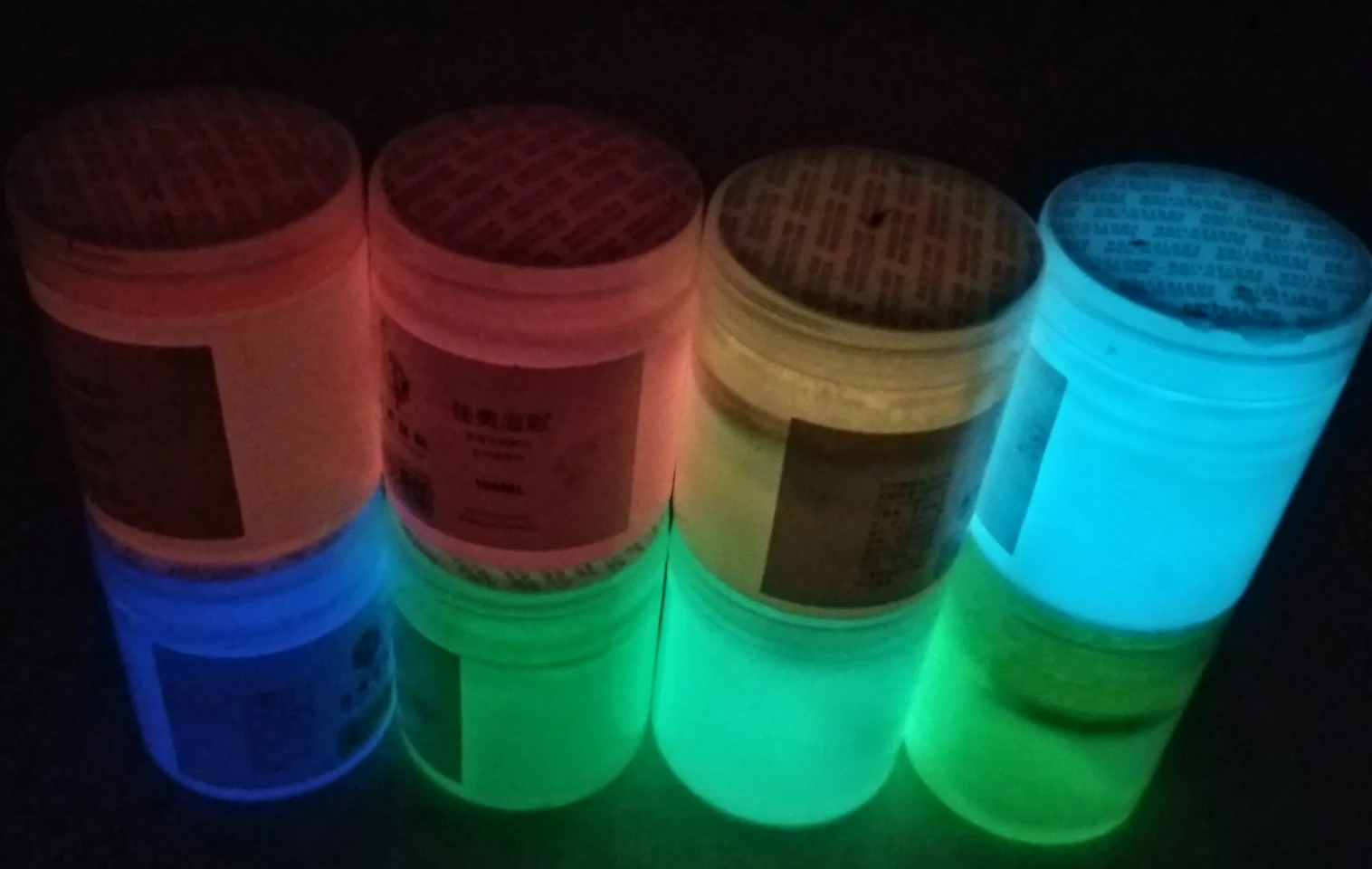
History of Fluorescent Pigments
Fluorescent pigments, as early as in 1940s, were already used in painting as coloring agents in Europe and America, and primarily for decoration display, advertising, safety signs, etc. Today, fluorescent pigments have been widely applied in industries like toys, fashion and packing, and are usually used in places and venues that require special attention. According to researches abroad on adults and children, it’s found that products of fluorescent colors, compared with similar ones of traditional colors, can fix their attention sooner, and that attention can last longer, making products of fluorescent colors a head-turner. Therefore, manufacturers in Europe and America, in order to boost sales, color their products in fluorescent colors by all means. In a business world of cutthroat competition, the very approach to make your products stand out is to use clean and bright fluorescent colors, in which, with the use of a small amount of fluorescent colors, keywords, logos or other graphics will be highlighted against traditional and dull background in primary colors. Sometimes, fluorescent colors will be blended with traditional ones to enhance the overall color effect of the latter.
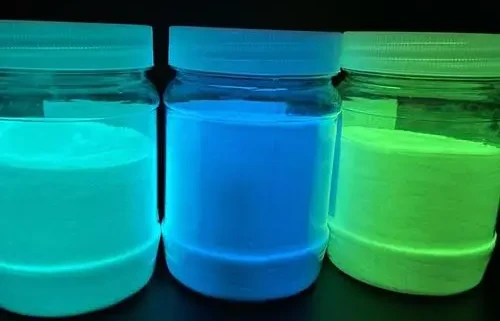
In which industries can fluorescent pigments be used?
Advertising industry is where fluorescent pigments see their earliest and widest commercial application from indoor and outdoor signage to large roadside advertisement boards, and from all kinds of product packages to magazine covers and advertising inserts. With the advances of the commodity economy and science and technology, fluorescent pigments, thanks to their enhanced performances, are widely employed in more fields, such as safety signs, fire engines and ambulances, rescue equipment and facilities, construction sites, hazardous equipment, other industrial equipment and sites, traffic signs, traffic operation personnel clothing, and dresses for forestry workers and hunters. In automation and high-tech sectors, fluorescent pigments are also applied for optical identification, like barcoding, tracking and document sorting, and emergency mail handling. With the increasing application of fluorescent pigments in other color-related sectors, eye-catching fluorescent colors can be seen almost everywhere, such as various gears and toys for kids, contemporary art pieces, crafts, and fashion.
Under the circumstances of natural setting, dawn, dusk, foggy weather, and projection lighting, the lustre of fluorescent pigments is way superior to the lustre visibility of traditional pigments. This feature can help fluorescent pigments attract people’s attention sooner, and keep the attention there longer, making the pigment such a head-turner. These features of fluorescent pigments have sparked growing interest, which leads to increasingly diverse commercial applications. Till now, fluorescent pigments are extensively employed in the coloring of products such as plastics, solvents, paper products, color pastes, inks, paints, coatings, masterbatches, synthetic fibers,and textiles.
-
Applications of Fluorescent Pigments in Coatings, Paints, Printing Inks, and Color Pastes
Fluorescent pigments can be used in various fluorescent paints such as ones for traffic sign, advertising, toy, bicycle baking, and various inks. According to requirements on performances of different paintings, fluorescent pigments manufacturers around the world, in order to meet the market needs for performances and cost-effectiveness, have developed fluorescent pigments of different performances, which can be mainly classified into ones of low solvent resistance, eco-solvent resistance and strong solvent resistance, each usually comes with fine particles However, the application of fluorescent pigments varies greatly due to differences in resin coating and manufacturing techniques.
Fluorescent pigments of low solvent resistance are mainly applied in water-soluble products. They can be dispersed in water, but are low-end products with limited application scenarios. Fluorescent pigments of eco-solvent resistance are generally used in lower-grade inks and paints, and products of lower quality requirements and shorter storage duration. Fluorescent pigments of strong solvent resistance are employed in products of high quality. Fluorescent pigments encapsulated with microspheres possess excellent solvent resistance and colorfastness, particularly suitable for sites where products of strong solvent are stored for longer duration. Thanks to properties of non-transparency and good hiding power, this kind pigment performs better in weather fastness than common fluorescent pigments, and excels in aspects like coloring capability. In the painting industry, the choice of raw materials is getting increasingly environment-oriented. The majority of manufacturers in China used to use fluorescent pigments containing formaldehyde, while in present days, the use of formaldehyde isn’t prohibited only in exported products but also in some products sold in China.
Thanks to shining and dazzling features, fluorescent pigments are extensively employed in printing industry. Fluorescent pigments, prepared by the dissolvement of fluorescent dye matrices in co-condensed resin, have finer particles compared with common pigments, and good diffusivity, which facilitates penetration into fibers to enhance crockfastness and washfastness. But fine particles could be a concern in soap washing, because in encapsulated pigments, these particles are prone to bloating upon contact with water, particularly soap solutions. Once stirred or washed, the fine particles will come off from the film easily, leading to poor soaping fastness.
Fluorescent pigments, to some extent, differ from common pigments in that the latter is prepared from the grinding and pulping of a mixture of organic or inorganic pigments and a certain proportion of glycerin, emulsifiers, water, and other materials, while the former is fabricated by the dissolvement of fluorescent dye matrices in resins such as N-hydroxymethyl, toluenesulfonamide, and N-hydroxymethyl melamine co-polycondensation, which is followed by grinding and pulping processes. So the differences between common pigments and fluorescent pigments decide their colorfastness in printing. The main concern for fluorescent pigments in printing is their unsatisfactory soaping fastness.
-
Applications of Fluorescent Pigments in Plastic Products
Plastic products are primarily manufactured using methods such as injection molding, extrusion, blow molding, and compression molding. The fundamental of applying fluorescent pigments in plastic products involves melting and dispersing (dissolving) thermoplastic fluorescent pigments into plastic products at high temperatures. The fluorescence of products is in association with that of fluorescent pigments themselves, the compatibility between fluorescent pigments and plastic products, operating temperature and duration, etc. Fluorescent pigments are primarily used for coloring PP, PE, ABS, PS, PVC, PMMA, and other plastic products.
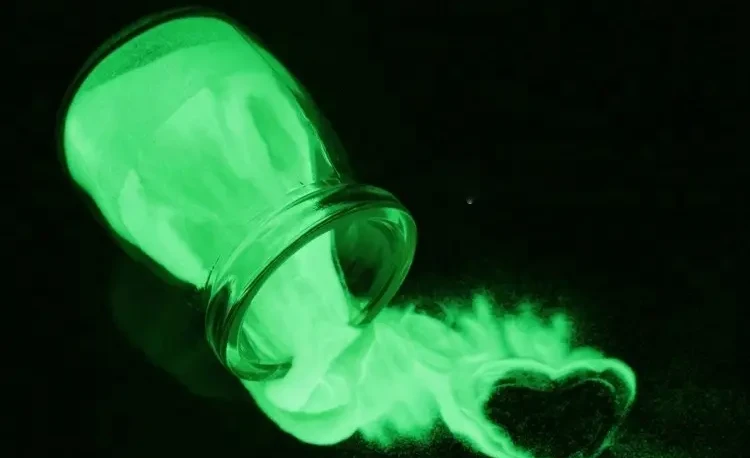
What is fluorescent material?
When a certain substance is exposed to incident light of certain wavelength, it can enter into a state of being stimulated. Subsequently, it will quickly fend off the stimulation and then radiate emergent light. The incident light is usually X-rays or ultraviolet; the wavelength of emergent light is usually in the phase of visible length. The radiating light will soon disappear once the incident light stops. This kind of phenomenon is what we called fluorescence.
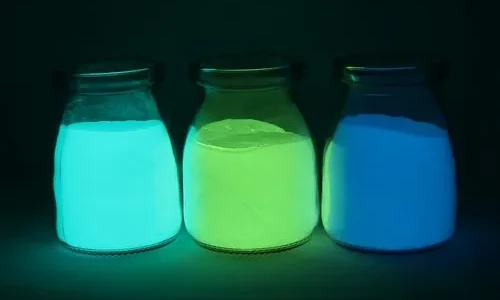
The Classification of Fluorescent Material
Inorganic fluorescent material
This king of material is featured with rare earth fluorescent material. The physical property of rare earth is stable with high conversion rate. With strong absorption capability of 4f electronic conversion properties, the ions of rare earth is rich in energy level.
Organic small molecule fluorescent materials
The structure of organic small molecule fluorescent materials is easy to be adjusted. With rich varieties, this kind of materials have various chromophores and conjugated heterocycles. The photophysical feature of the compounds can be changed by introducing various chromophores to change its conjugated heterocycles.
Organic fluorescent materials has been widely used and studied in many industrial sectors. This kind of materials has advantages, such as strong processing performance, good solubility, adjustable color. These advantages outweigh that of inorganic materials.
The organic fluorescent materials absorb the exterior light energy and then emit light of long wavelength. The light emitted is fluorescence. This process is the luminescence mechanism of organic fluorescent materials. Inside the organic fluorescent materials, there are uneven energy levels of aromatic rings. These rings can release energy and convert into light radiation of invisible light. This phenomenon happens during the process when the electron transfer from a higher stimulation state to a lower stimulation state.
Compared to the traditional inorganic luminescent material, organic fluorescent materials has the following advantages and features;
- Adjustable color: organic fluorescent materialscan realize the light unit for different color by adjusting molecule structure to change the light color.
- Good processing performance: organic fluorescent materials is a kind of material that can be dissolved in organic solvents. It can be processed to be bendable and flexible displayer by vacuum deposition and solution methods which can process the materials into thin film.
- High efficiency: organic fluorescent materialshas high efficiency of luminescence, which can reduce energy consumption.
- Sustainable development: compared to inorganic fluorescentmaterial, organic fluorescentmaterial has rather low environment risks.
However, this kind of material also have some problems. For example, its life span is short; its thermal stability is poor; its light stability is poor. Therefore, in order to explore new application sector and luminescent mechanism, researchers has been committed to develop more efficient and stable organic fluorescent material.
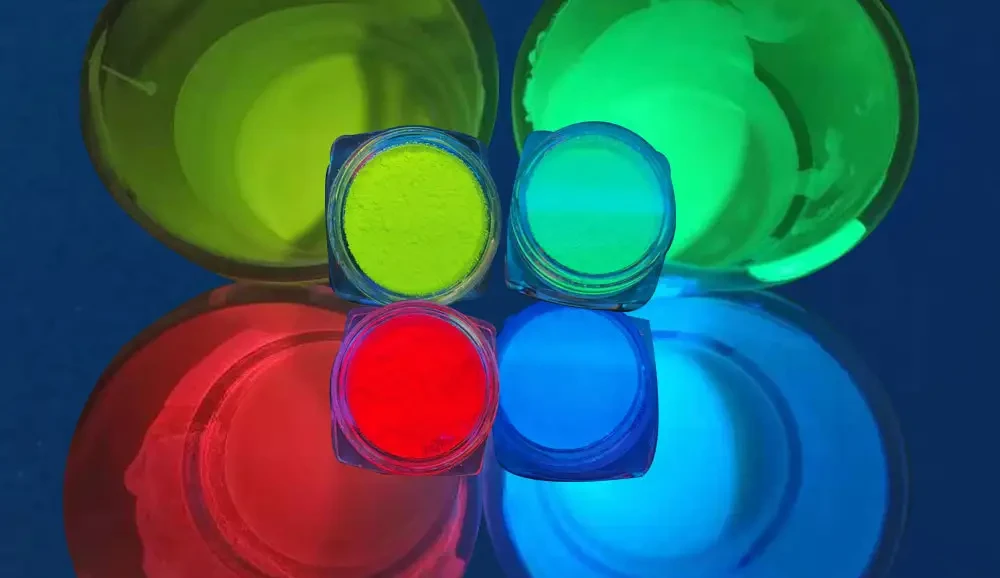
The Classification of Fluorescent Powder
There are two kinds of night fluorescent powder, i.e.,
Photostimulated Luminescent Powder
After being exposed to ultraviolet light, fluorescent light, natural light, ect., photostimulated luminescent powder can store light energy. It will slowly release the light in the way of fluorescence after stopping being exposed by light. Therefore, we can still see the luminescence even in the dark or night. The luminescence can last for hours or more than ten hours.
Radioactive Luminescent Pigments
Luminescent powder with radioactive substance is generated by adding radioactive substance into the luminescent powder. This kind of radioactive substance can continuously emit ray which can stimulate to emit light. Although this kind of luminescent powder can emit light for a long time, its application range is limited because it can contaminate the environment and it’s dangerous and toxic.
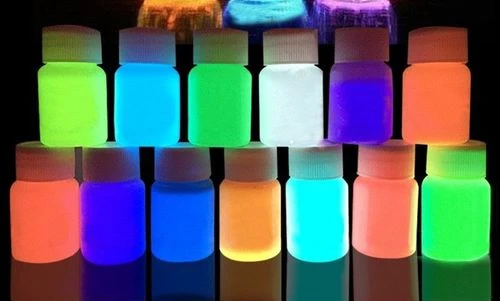
We are Ready to Support Your Fluorescent Material Projects

